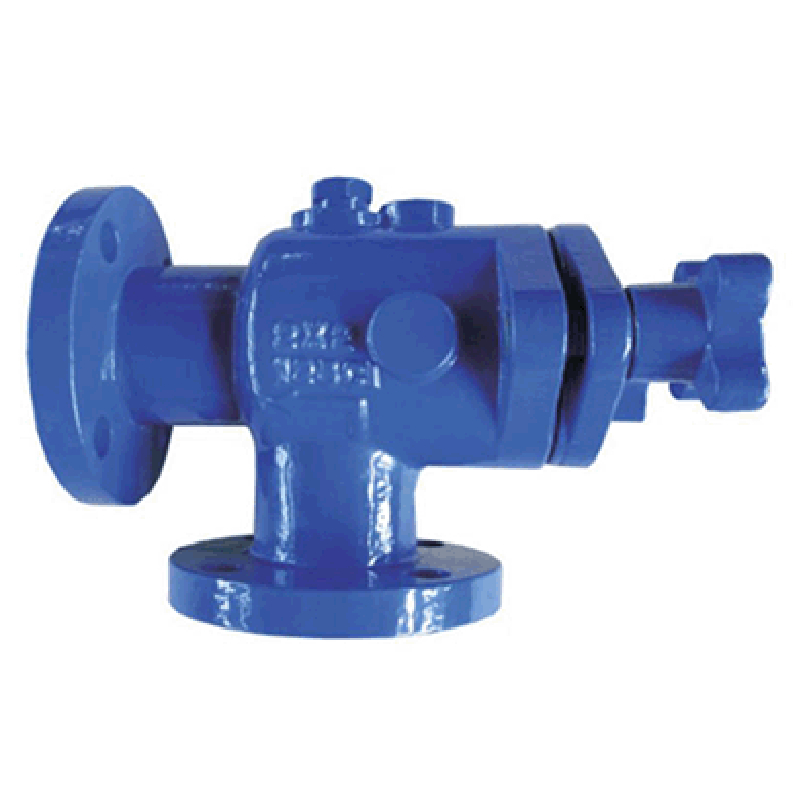9 月 . 19, 2024 06:59 Back to list
swing check valve flange type
Understanding Swing Check Valve Flange Types
Swing check valves are vital components in many industrial applications where the prevention of backflow is crucial. These valves operate through a pivotal mechanism that allows fluid to flow in one direction while automatically closing when backflow occurs. Among the various types of check valves, swing check valves are favored for their simplicity, durability, and effectiveness. The flange type swing check valve, in particular, has gained prominence due to its design and ease of installation.
What is a Swing Check Valve?
A swing check valve consists of a disc that swings on a hinge or pivot. When fluid flows in the desired direction, the disc rises, allowing the passage of fluid. Once the flow stops or reverses, the disc falls back into its seat, preventing backflow. This mechanism is efficient, as it minimizes pressure loss compared to other types of check valves.
Flange Type Design
The flange type swing check valve features flanges at both ends of the valve body, allowing it to be easily bolted to pipelines or other equipment. The flanged design ensures a reliable and leak-proof connection, which is essential in high-pressure applications. These valves are typically manufactured according to industry standards, allowing for compatibility with various piping systems.
Materials and Sizes
Swing check valves come in a variety of materials, including cast iron, stainless steel, and brass, depending on the application and the type of fluid being handled. The choice of material affects the valve’s resistance to corrosion, temperature, and pressure. Additionally, these valves are available in different sizes to accommodate varying flow rates and pipe diameters, making them versatile for numerous applications.
Advantages of Flange Type Swing Check Valves
swing check valve flange type

1. Ease of Installation The flange type design simplifies the installation process. It can be easily bolted onto existing pipelines, saving time and labor costs.
2. Leak-Proof Connection With the flanged connection, the risk of leaks is significantly reduced. This is crucial in applications involving hazardous or high-value fluids.
3. Durability Flange type swing check valves are known for their durability and long service life. Their design minimizes wear and tear caused by the liquid flow.
4. Low Maintenance These valves require minimal maintenance due to their simple mechanical structure, making them a favorite among engineers and maintenance personnel.
Applications
Flange type swing check valves find applications in various industries, including water treatment, oil and gas, chemical processing, and HVAC systems. They are commonly used in systems where preventing backflow is essential for the safe and efficient operation of the system.
Conclusion
In summary, the swing check valve flange type is a reliable solution for preventing backflow in piping systems. Its ease of installation, durable construction, and effectiveness make it an ideal choice for a wide range of applications. As industries continue to evolve, the demand for efficient and dependable check valves will remain high, and flange type swing check valves will be at the forefront of these innovations. Understanding these valves is crucial for ensuring smooth operations in various industrial processes.
Share
-
Understanding the Differences Between Wafer Type Butterfly Valve and Lugged Butterfly ValveNewsOct.25,2024
-
The Efficiency of Wafer Type Butterfly Valve and Lugged Butterfly ValveNewsOct.25,2024
-
The Ultimate Guide to Industrial Swing Check Valve: Performance, Installation, and MaintenanceNewsOct.25,2024
-
Superior Performance with Industrial Swing Check Valve: The Essential Valve for Any SystemNewsOct.25,2024
-
Industrial Swing Check Valve: The Ideal Solution for Flow ControlNewsOct.25,2024
-
You Need to Know About Industrial Swing Check Valve: Functionality, Scope, and PerformanceNewsOct.25,2024